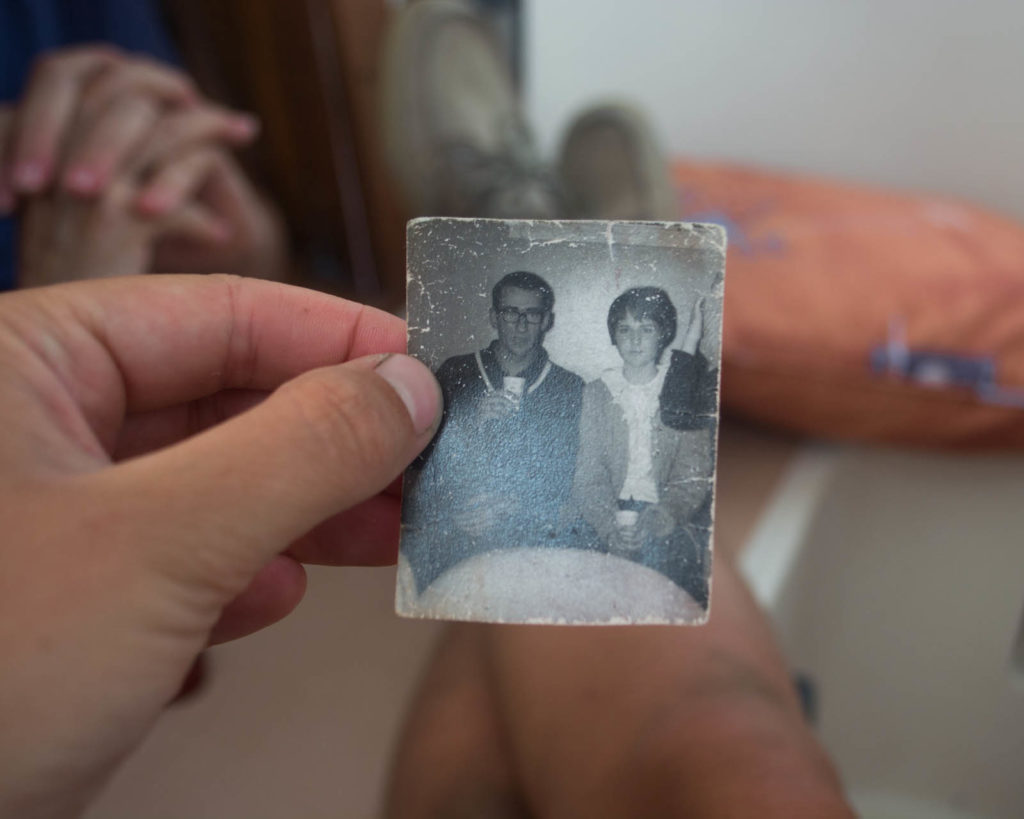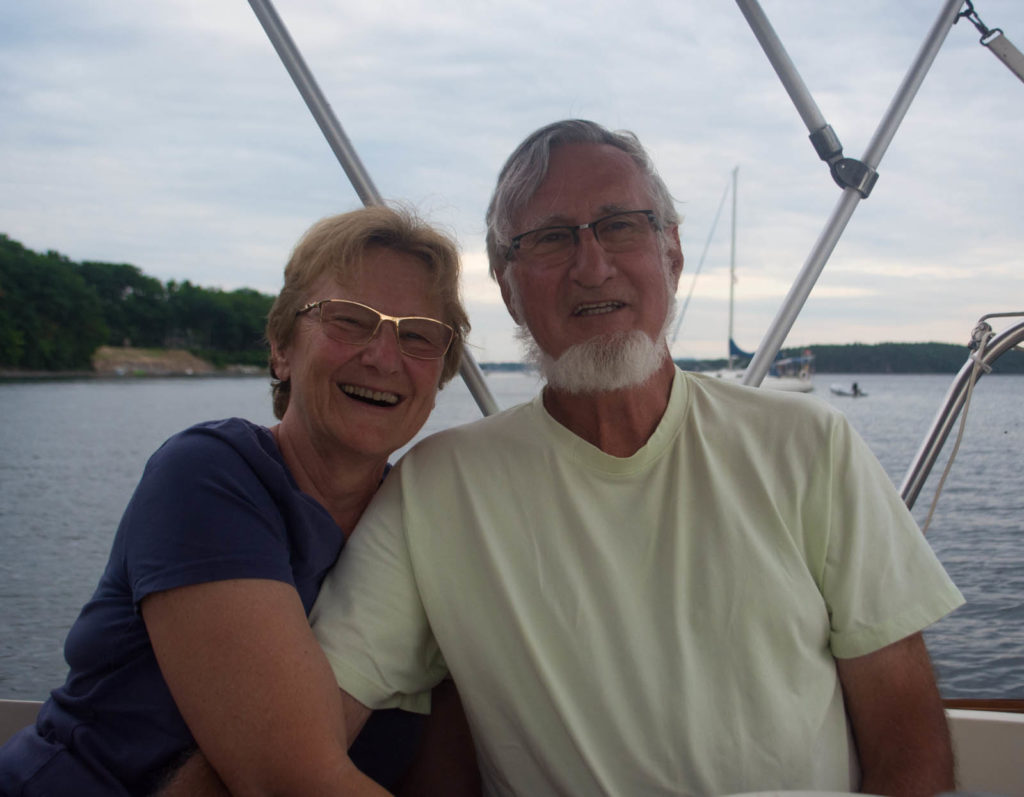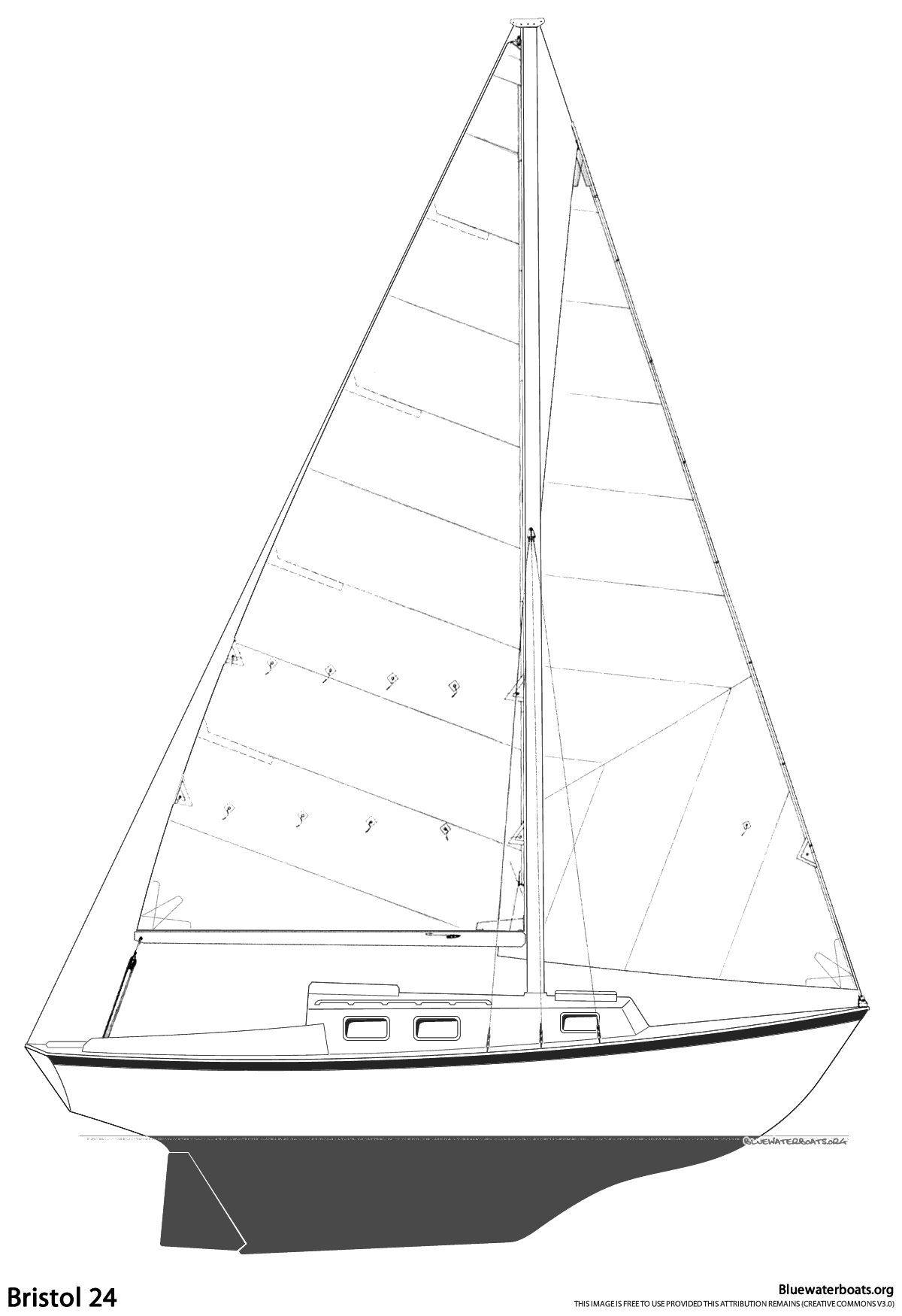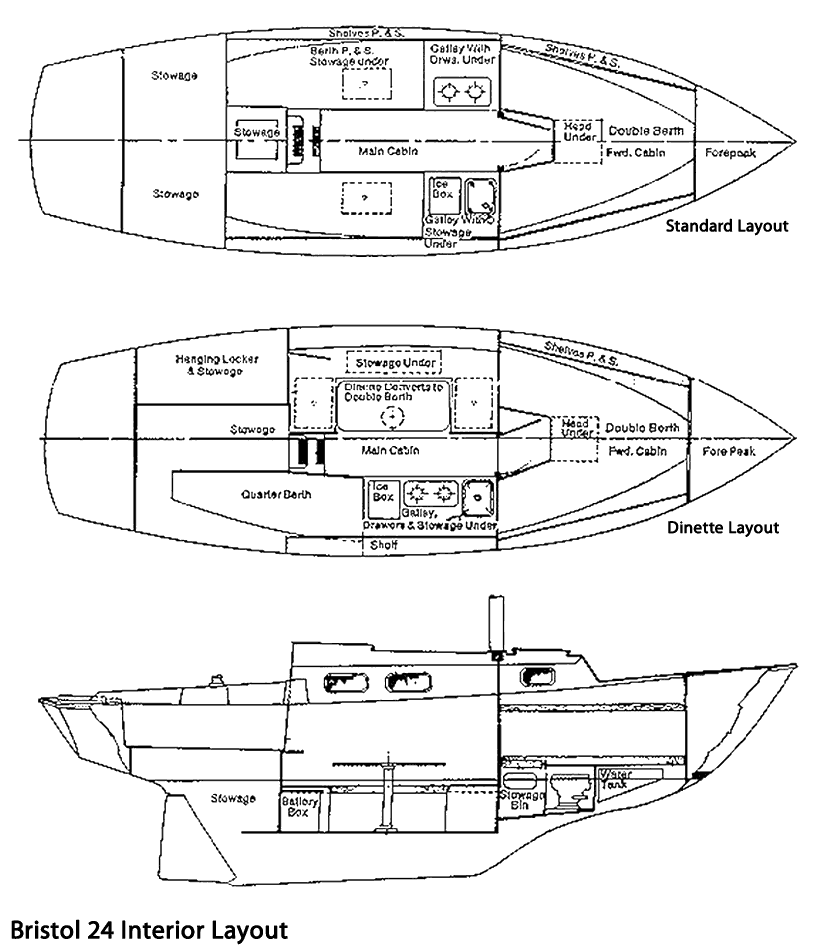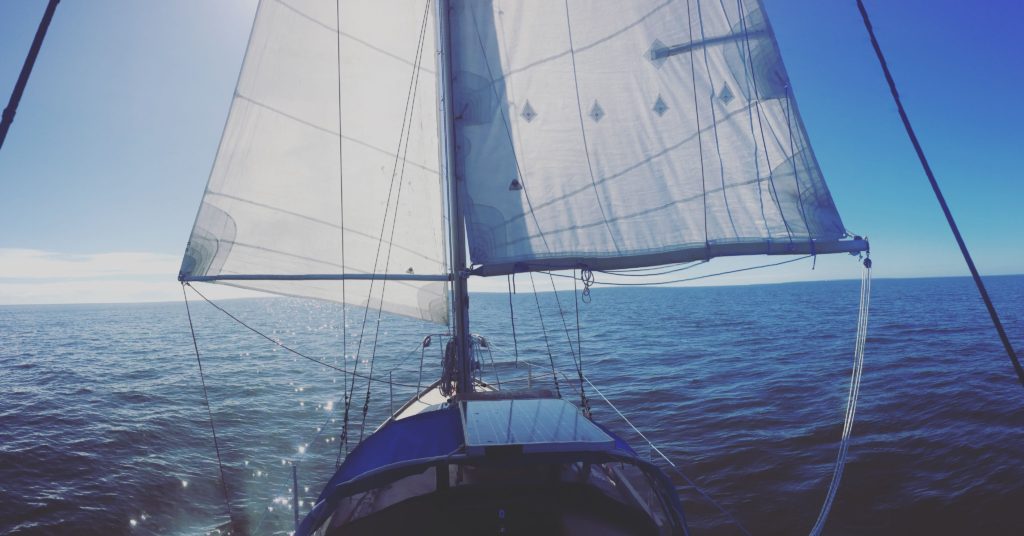
Where do you find the heart of sailing? Is it witnessing both a sunset and a sunrise at sea? Is it in a boatyard with no fresh water, skin itchy with fiberglass? Is it in stepping ashore after a long passage, and drinking sparkling water with a lemon you foraged next to an abandoned dock? Is it in being wet, cold, and slightly frightened?
Or Is it found somewhere else? Is it found in yacht clubs and private marinas? Is it found in a fully enclosed cockpits with electric winches? Or in that moment you cash in your stocks and buy a boat to sail off into the promised sunset, cocktail in hand?
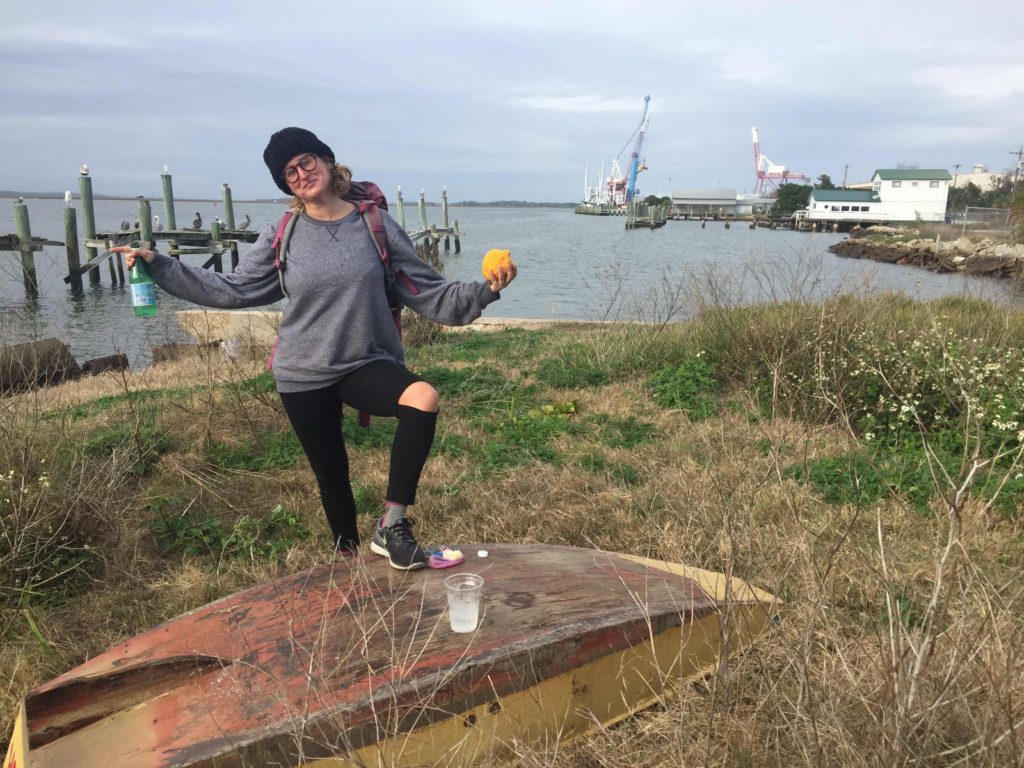
In the harbor right now there are three boats, including myself, that are all “basically engineless.” Meaning we all have some kind of auxiliary propulsion that only really work under totally calm wind, wave, and current conditions. Whether it be an extremely underpowered 2.3 HP outboard, or an outboard with a shaft that isn’t long enough, or a dinghy hip tied. That means in any and almost all conditions we are sailing, unless it’s for some short stretches of the ICW.
Is it because we are broke? Young? Idealists? Perhaps a combination of all three.
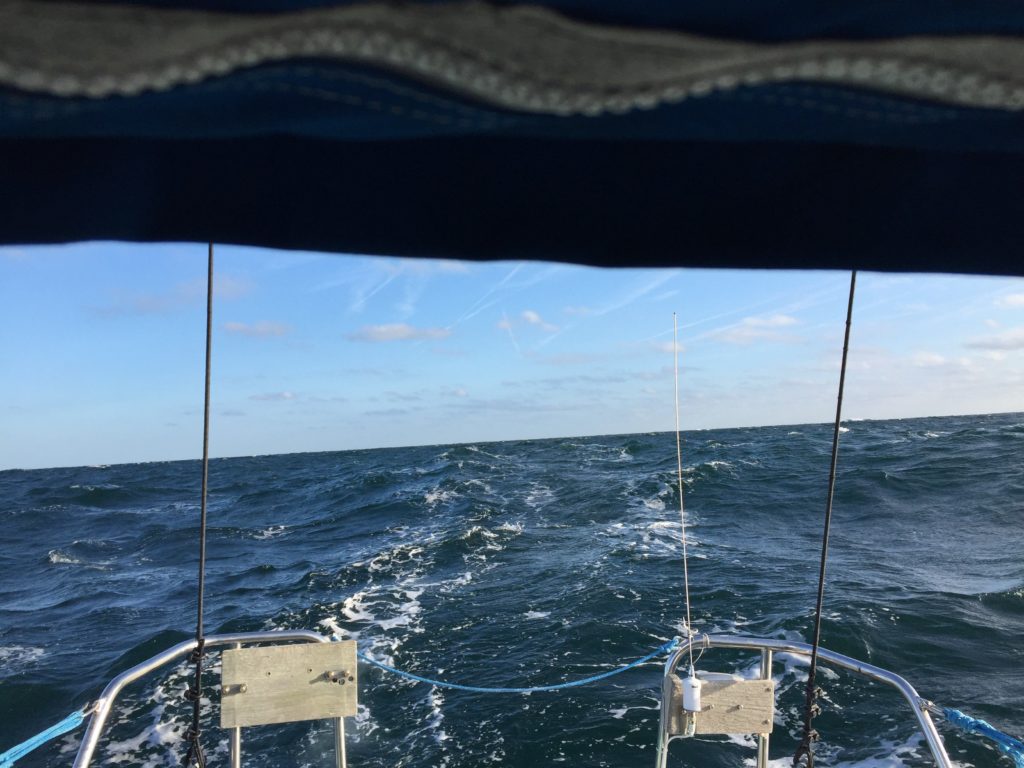
I’ve been a vagabond since I was 22 and bought my first boat at 26. I’m 31 now. I haven’t paid rent, except for the odd slip at a marina here and there for a few months at a time, in ten years, and have held various jobs. I happened upon sailing by chance on a yacht delivery in New Zealand and sailed across a literal sea a thousand miles over ten days, and I’ve just been trying to get back to that ever since, on my own boat.
But I never felt stuck in life, in a career, or in the throngs of capitalism that so many people feel that leads them to quitting their jobs and searching for boats. I’ve felt stuck with no money and very unseaworthy boats, but I didn’t do what most of my generation did; which is basically get real jobs. And now that they’re in their thirties and sick of the grind they’re like, let’s get a boat.
And they go buy some plastic boat from the eighties with a comfortable interior and no inherent seaworthiness in its design, but it’s safe enough. They focus on having a good engine, and then motor across the Gulf Stream to the Bahamas. They follow the “Thornless Path” and motor sail in the calms that can be found in between the prevailing opposing winds. Until they eventually reach the Caribbean and it’s all downwind from there. They have enough money, and enough confidence, even never having never sailed before, that they make it just fine.
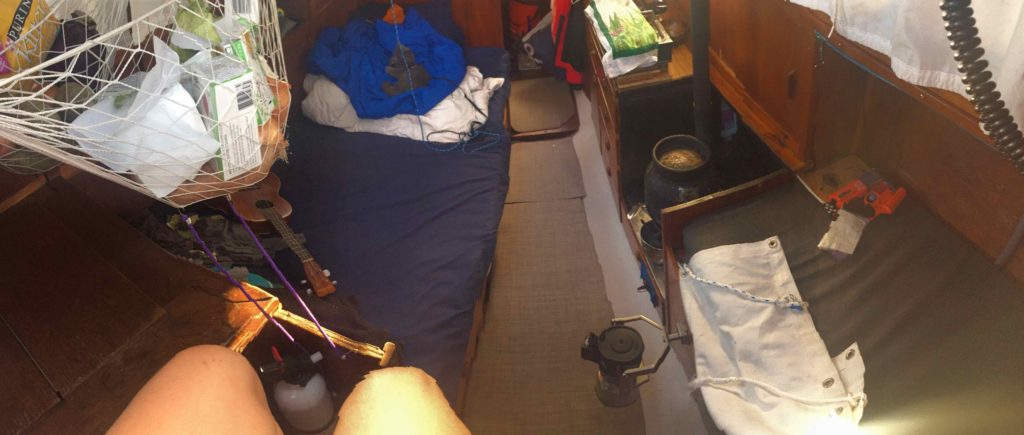
Lots of people do this, especially with the advent of YouTube. People are like, “Yo, I can live on a boat and make a YouTube channel to pay for it?!”
But I can tell you this is not where you will find the heart of sailing. That is something you really have to look for. This is where you will find a departure from it. I’ve been trying to find it for years by now of living aboard and messing around with boats, and I still know nothing. “Remember you know nothing,” an old schooner captain told me. That’s what makes you a good sailor, he said. A good captain.
Famous sailor Nancy Griffith said, “know the limitations of your crew and your boat.” Crew, for the most part, has usually been only me. And I’ve scrutinized both myself and my boats heavily when weighing certain passages. I worked at marinas as a way into even learning about boats. My first boat I stuck to lake Champlain, my second I took down the Hudson River and to the Florida keys, only spending a little time offshore. The boat simply wasn’t prepared for passage making. Most of the offshore sailing I’d done before my current boat, was on boat deliveries. So I hold myself to that standard of seaworthiness, of what I’ve seen on the sea.

I spend more time fixing my shit to be at sea then I do actually at sea. I have to fix boats so often because I don’t have money, so I’m pretty DIY. The trouble is I really don’t trust my work. I rely on people with much more skill than I have to tell me if I’ve done something right. For me, the goal is to make my boat as safe and comfortable as possible on the sea. It’s been and continue to be arduous, refitting old boats to be sustainable in such an inhospitable environment, with little money and no formal training.
Sometimes I envy the other kinds of travelers. The backpackers. The ones who hoof it, bus it, ride planes and hop trains. But that’s not for me. Devoted to the sea. And if I can’t be there, damn it, I’ll be on land just trying to get there… because nothing else matters.
[email-subscribers-form id=”1″]


